Multi-use
Multi-use
Multi-use in Packaging
The term multi-use in packaging refers to containers or materials designed for repeated use. Unlike single-use packaging, which is discarded after one use, multi-use packaging aims to be reused multiple times. This can help reduce waste and is often more environmentally friendly.
Benefits of Multi-use Packaging
Multi-use packaging offers several advantages. First, it can lower costs over time since you don't need to buy new packaging for each use. Second, it reduces the amount of waste sent to landfills. Finally, it often has a lower carbon footprint compared to single-use packaging.
Examples of Multi-use Packaging
Common examples include glass jars, metal tins, and durable plastic containers. These items can be cleaned and reused many times. Some companies even offer programs to return and refill multi-use containers, further extending their lifecycle.
Environmental Impact
Using multi-use packaging can significantly reduce environmental impact. By reusing materials, we conserve resources and energy. This practice also helps to lower greenhouse gas emissions associated with producing new packaging materials.
Challenges and Considerations
While multi-use packaging has many benefits, it also comes with challenges. Cleaning and maintaining these containers can require extra effort. Additionally, the initial cost of multi-use packaging may be higher than single-use options. However, the long-term savings and environmental benefits often outweigh these initial costs.
Blog Posts with the term: Multi-use
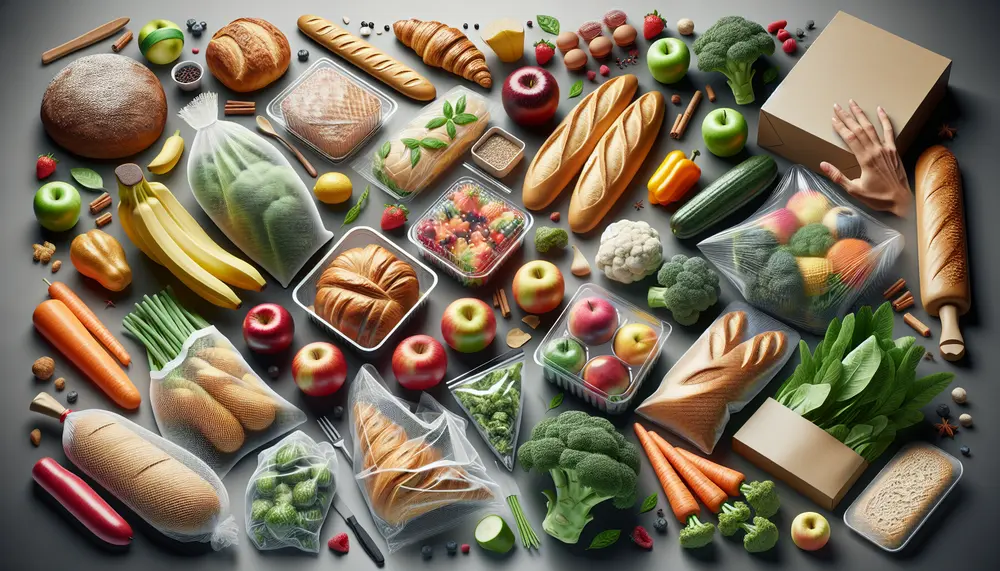
Food packaging is essential for protecting food, extending shelf life, and maintaining quality from production to consumption. It must meet safety standards, provide consumer information, facilitate transportation, enhance marketability, and support sustainability efforts. Innovative food packaging solutions address demands for convenience...

Hygiene packaging is crucial for protecting public health by preventing contamination of products like sanitizers and wipes, while also needing to be visually appealing and informative. Effective hygiene packaging features barrier protection, seal integrity, resealable closures, tamper-evidence, ergonomic design, and...

Parcel packaging is crucial for product protection and brand representation, involving material choice, durability, size optimization, and customer unboxing experience. Cardboard boxes offer versatility with options like corrugated cardboard and die-cut designs; padded mailers and poly bags provide flexible solutions...

Reusable packaging promotes sustainability by reducing waste and encouraging a circular economy, with benefits including resource efficiency and reduced environmental impact. Regulatory incentives are fostering this shift towards reusability, which offers economic advantages alongside fulfilling global responsibility. The environmental benefits of...
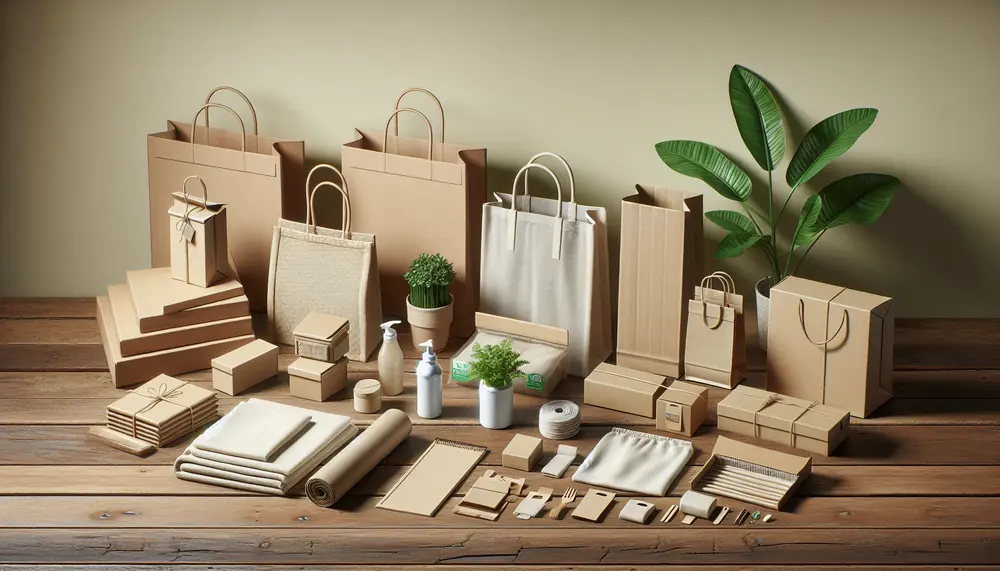
Packaging emissions refer to greenhouse gases from the production, transport, and disposal of packaging materials, contributing significantly to global warming. Lifecycle analysis measures these emissions across all stages of a product's life, guiding sustainable decision-making in packaging design....
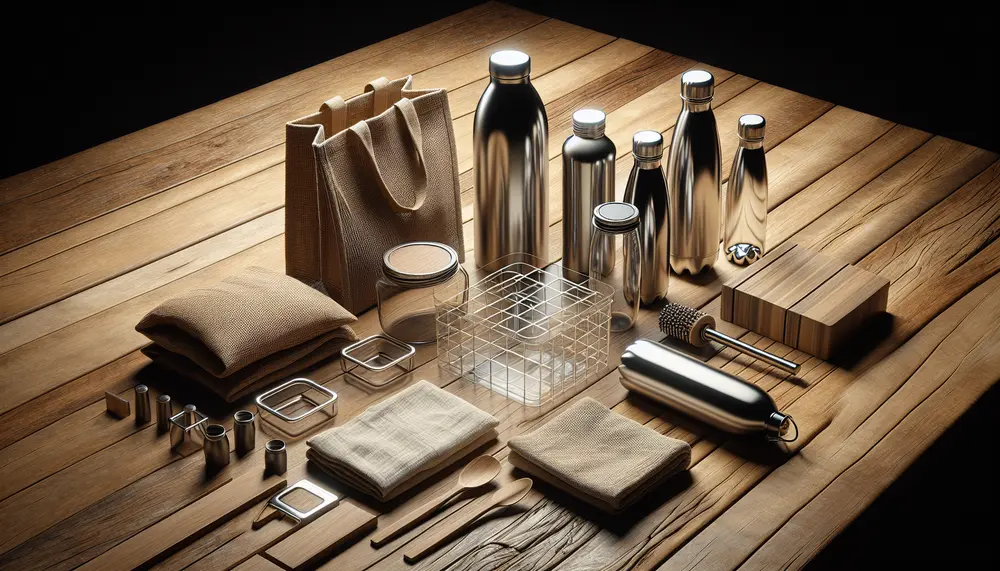
Reusable products are key to sustainable living, reducing waste and conserving resources by being designed for multiple uses. The consumer market is shifting towards these eco-friendly options due to increased awareness, corporate innovation, and supportive government policies....
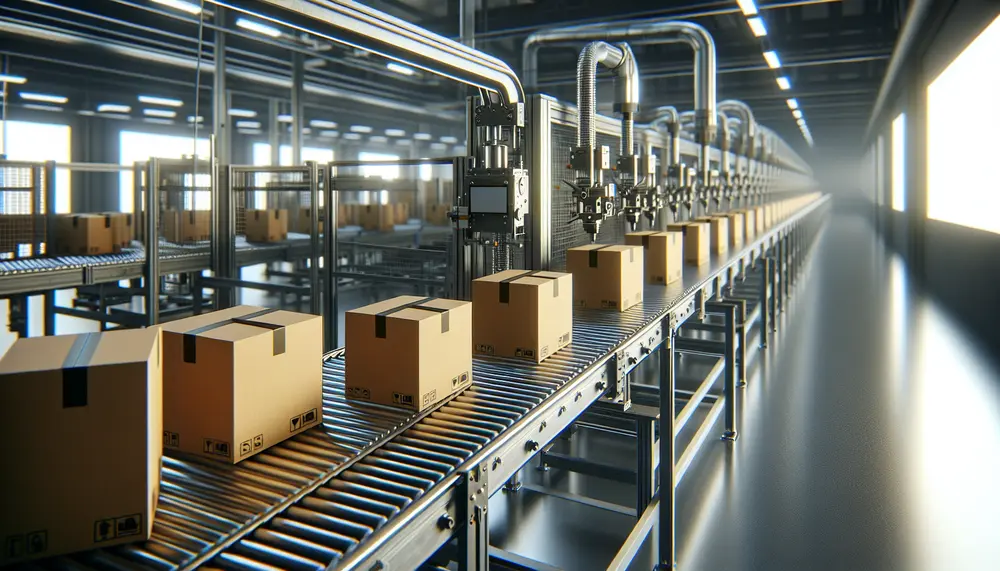
Reliable packaging vendors are crucial for consistent, quality supply chains, impacting cost management and brand reputation; strategic selection involves considering product range, custom solutions, experience, communication, and logistics. Partnering with trusted suppliers enhances productivity and innovation while offering benefits like...
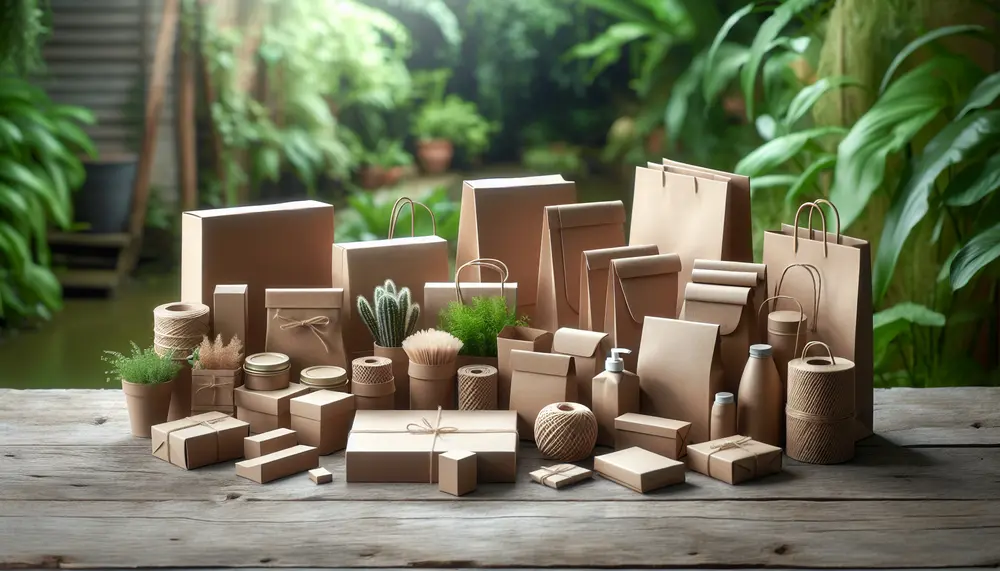
Kraft paper is a strong and versatile packaging material known for its durability, minimal chemical treatment, and distinctive brown color that appeals to eco-conscious consumers. It's produced through the kraft process which preserves long fibers of pulp, enhancing tear resistance...
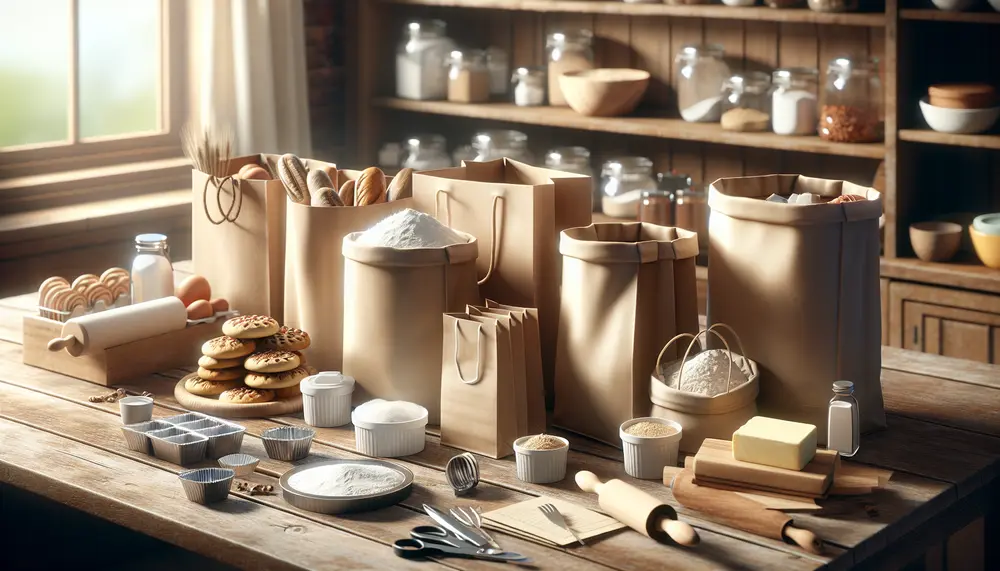
Selecting the right Bake Off bag involves considering size, material durability, functionality with pockets and compartments, and personal style. Canvas is preferred for strength while washable cotton offers lightness and easy cleaning; a blend of both provides resilience and maintenance...

Packaging tissue is a thin paper used for wrapping and protecting items, enhancing the unboxing experience, reflecting brand quality, and demonstrating environmental responsibility. It offers protection during transit, adds luxury to customer experiences through tactile sensation, serves as a branding...
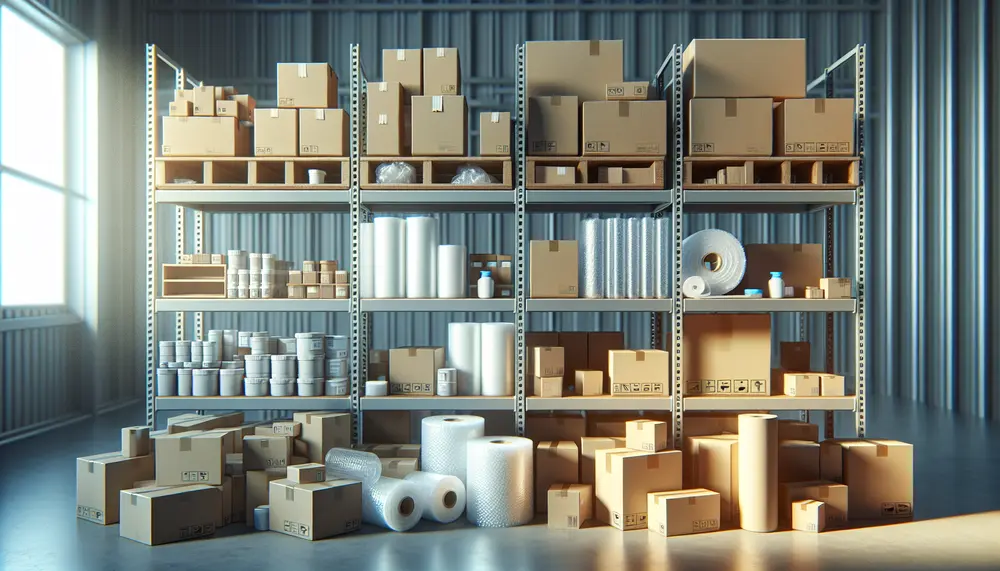
A packaging gateway is a critical platform that bridges design and production, integrating creativity, functionality, logistics, and sustainability to enhance customer experience. It involves strategic planning, innovative design, sustainable materials procurement, technology use for efficiency and customization, as well as...
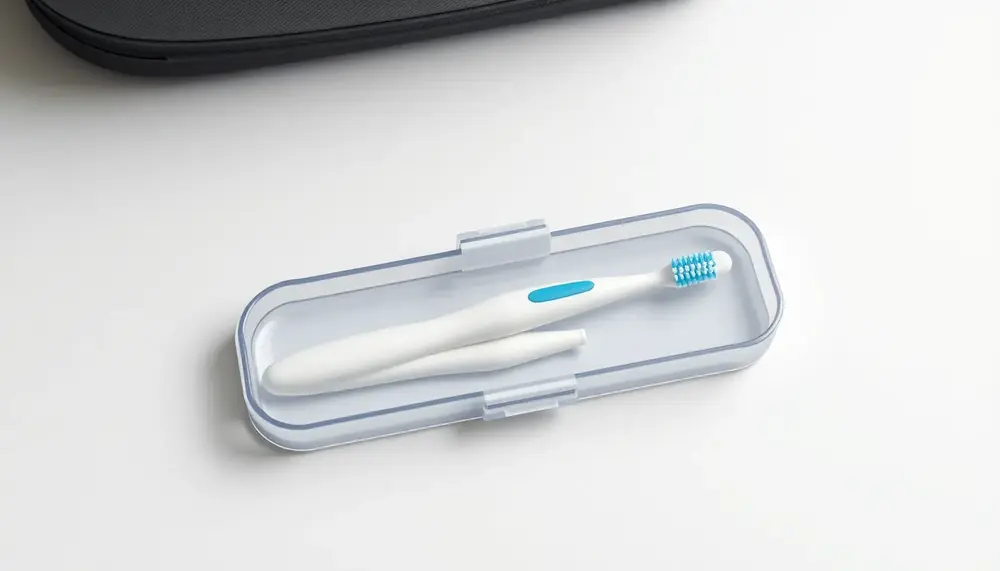
Toothbrush protective cases come in various types—clip-on covers, full-length travel cases, sanitizing options, eco-friendly designs, and child-specific models—each catering to different needs like hygiene, convenience, sustainability, or style. Key features to consider include ventilation, secure closure, ease of cleaning, weight/bulkiness,...
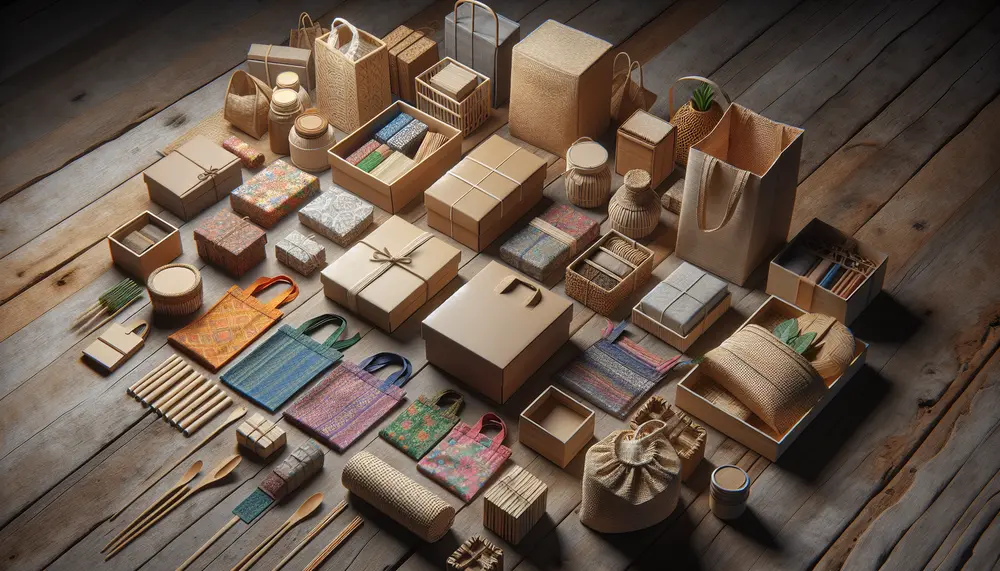
Sustainable packaging is essential for environmental protection and aligns with consumer values, offering long-term economic benefits despite higher initial costs. The market shift towards eco-friendly options is driven by material innovations, regulatory changes, and consumer demand, leading to a more...
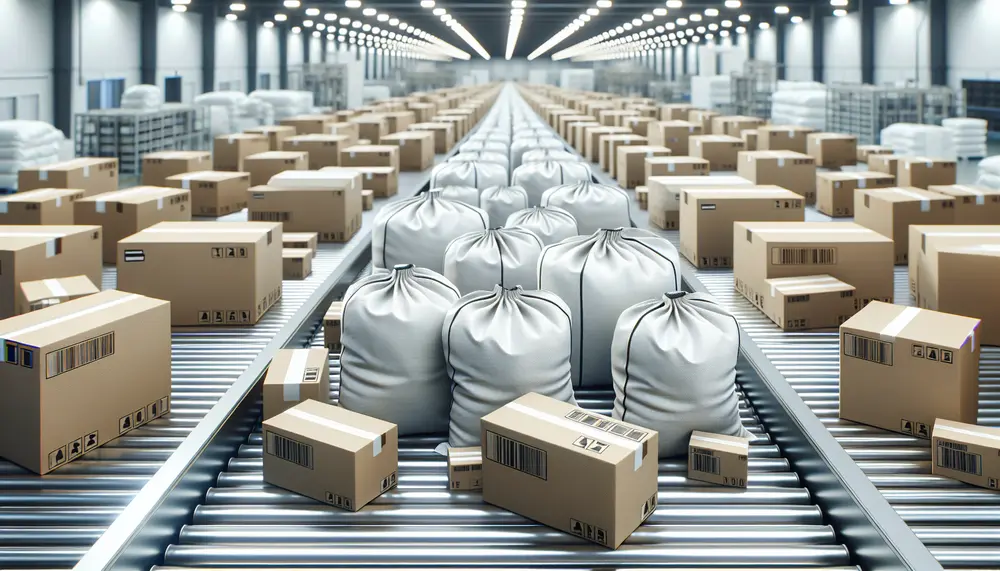
Online shipping bags are essential for protecting goods during transit in the e-commerce era, offering features like tear resistance and waterproofing to meet various product needs. The rise of online shopping has increased demand for these bags, which now come...

